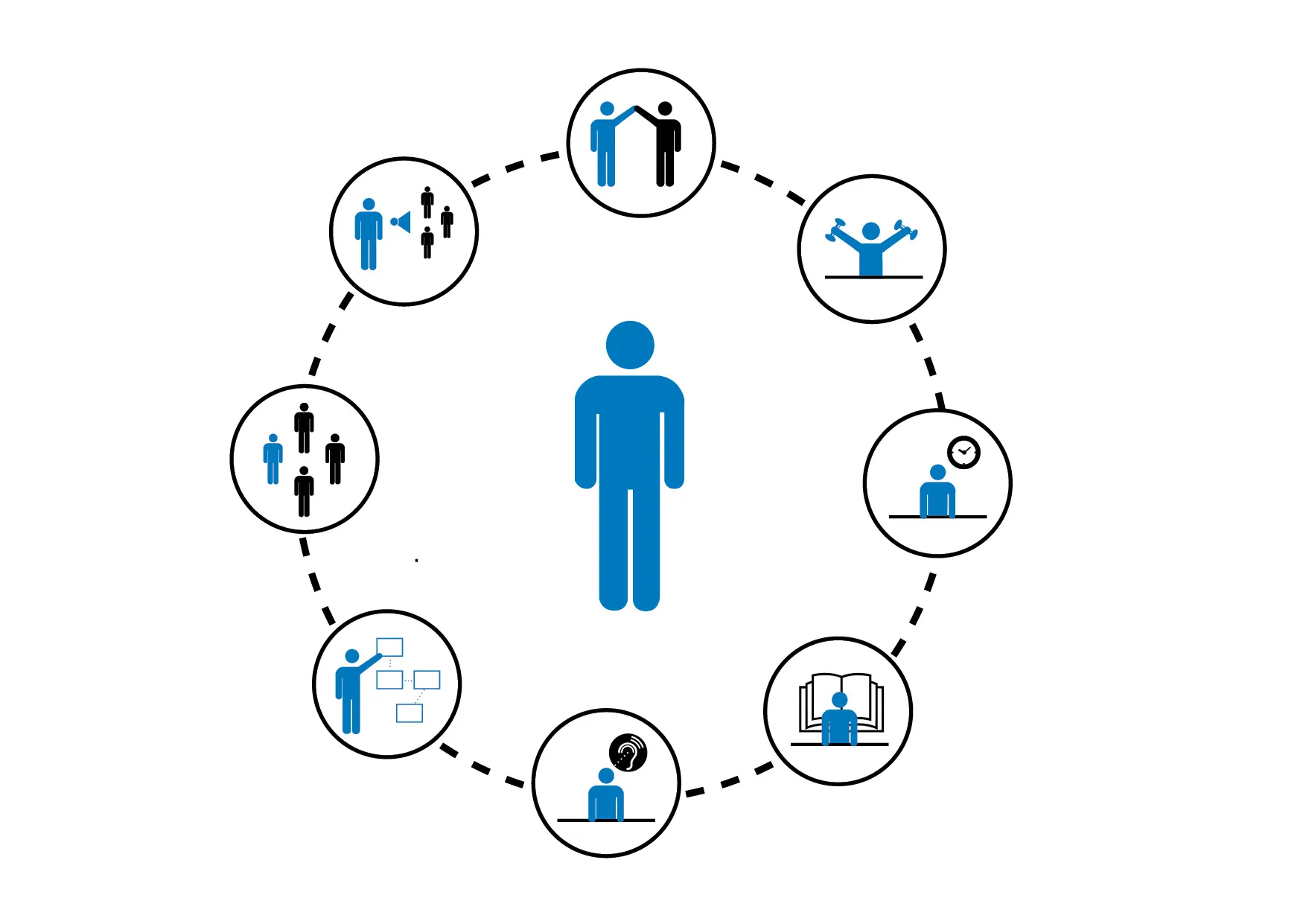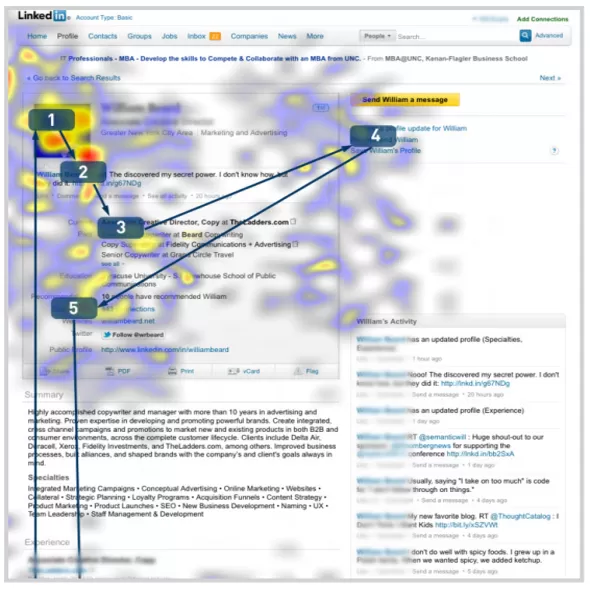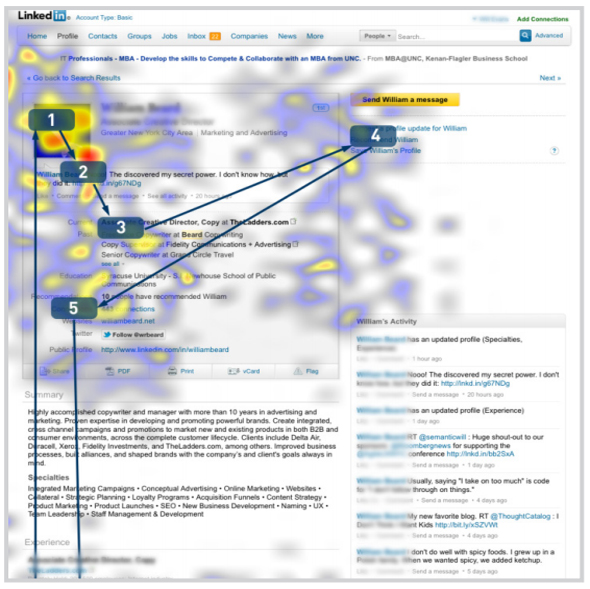Medical School Interviews
The season for medical school interviews is quickly approaching. If you have completed your secondary medical school application and been offered an interview, then congratulations! Schools don’t typically bring you in for an interview unless they are strongly considering your candidacy. Bearing this in mind, many times the interview is more about your fit with the program rather than your scores and credentials. Schools use an interview to evaluate your professionalism, maturity, and personality. They want to hear in your words – spoken not written – what your motivation is in pursuing medicine.
Effective preparation is critical to the success of your interview. Here are some things you should know before going to each interview:
- What type of interviewing format does the school use? Schools may do traditional, in-person, one-on-one interviews; Skype interviews; group interviews; or even a mix of them all. Find out more about your school’s format by looking at their Web site and/or asking the admissions coordinator. You can also find information about the interview style and format for each school on The Student Doctor Network.
- Will it be an open file or closed file interview? In an open file interview, the interviewer may have read your whole application or just parts of it. The interviewer could also be reading your file for the first time during the interview. In a closed file interview, your interviewer has not seen any part of your application.
- Do they do Multiple Mini Interviews (MMI)? In an MMI, there are generally six to ten stations. You go around and have about two minutes to read a scenario based question. These tend to focus on situational and/or ethical dilemmas. You are then given six to eight minutes to answer in a way that demonstrates your logic and creative problem solving skills.
Once you understand the format for the interview, you anticipate (or plan!) how you will respond to potential interview questions. Here are a few groups of sample questions to think about:
Basic
* What experiences have most motivated you to pursue medicine?
* What concerns you about medical school and a residency program?
* How have you tested your commitment to pursue medicine?
Behavioral
* Tell me about a time when you demonstrated leadership.
* What was the most stressful situation you have faced to date; how did you handle it?
* Walk me through an experience where you made a mistake. How did you fix it?
Traditional
* Tell me about yourself.
* Why did you choose this school?
* What are your three strongest qualities?
* What is the most important thing you would want to convey to the admission committee?
There are many, many more possible interview questions you could be asked! While you will never be able to fully anticipate each question, it can be helpful to review lists of interview questions and begin thinking about how you would frame your answers. To prepare for behavioral questions, you might reflect on personal interactions/situations in your past, considering how you might frame them as stories and what personal characteristics they demonstrate.
Starting on August 18th, the OITE is offering group medical school mock interview sessions to help you prepare. A total of seventeen sessions has been scheduled over the subsequent three weeks. If you are part of the intramural program, you can attend ONE session in order to practice your responses and learn from not only your peers but a facilitator as well.




